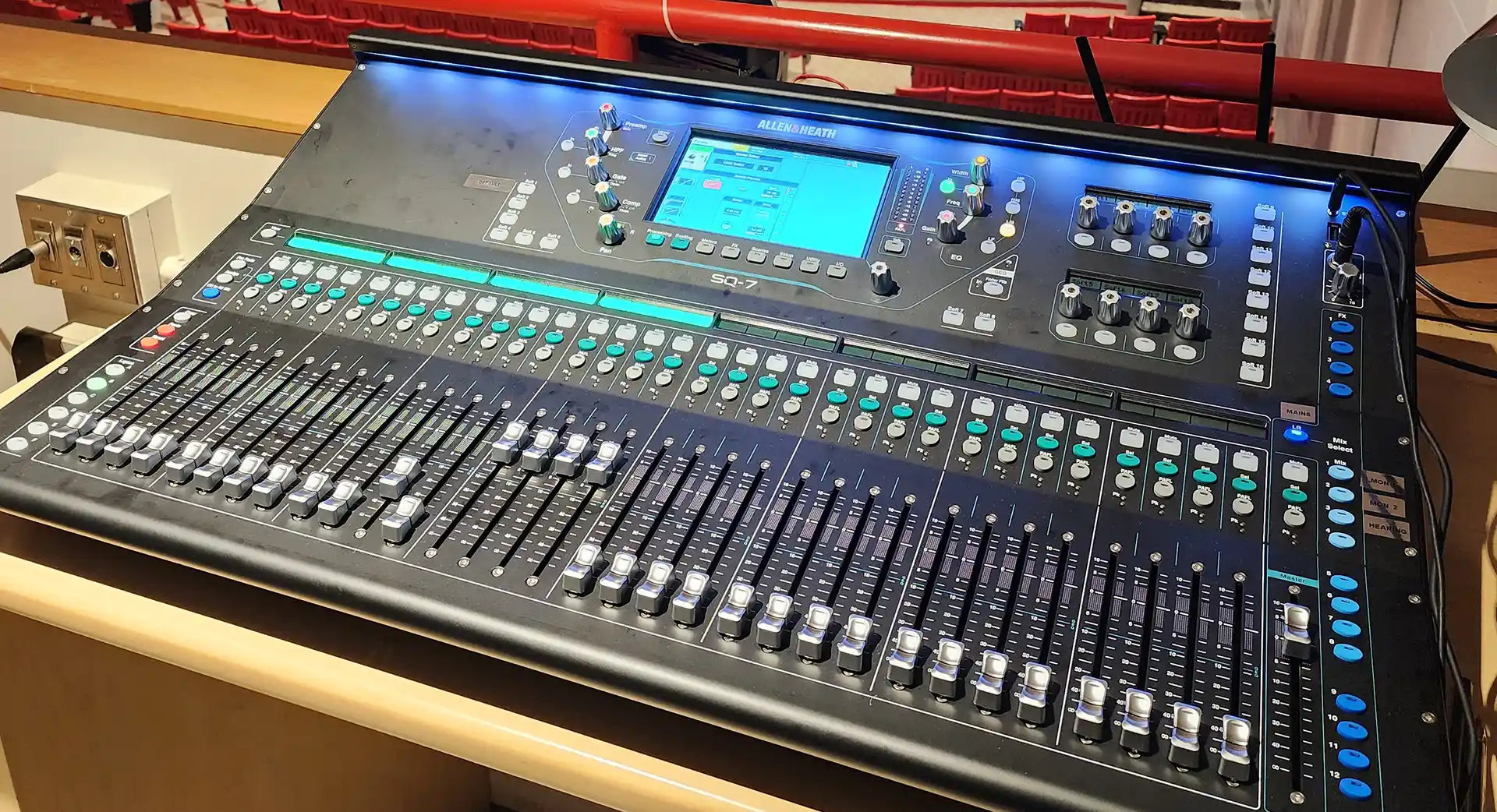Optimal Tactics for Positioning Surveillance Cameras to Improve Monitoring Effectiveness
Optimal Tactics for Positioning Surveillance Cameras to Improve Monitoring Effectiveness
Blog Article

Placing security cameras efficiently remains crucial to improving surveillance in various settings, such as homes, businesses, as well as community areas. The primary goal of security systems is to discourage criminal activity while also offering proof in case of events. To attain this, it becomes important to consider several elements, including camera placement, range of view, and the specific areas that need oversight. By comprehending these factors, people and entities can develop a comprehensive surveillance strategy that optimizes the efficacy of their security solutions.
One of the first actions in positioning security cameras involves to identify critical locations that require surveillance. High-risk areas, including entrances, exits, vehicle lots, and locations with high-value assets, should be given priority. It also crucial to consider areas not visible, which may be locations that might not be seen from specific angles. By mapping out these key locations, surveillance personnel can guarantee that every nook is monitored, reducing the likelihood of criminal actions going unnoticed. Additionally, placing surveillance systems at strategic locations can help form a comprehensive view of the property, allowing for better total surveillance monitoring.
The field of a surveillance camera remains another important factor to take into account. Different kinds of cameras provide varying ranges of view, that can influence how much space is captured in the video. For instance, broad-view systems can monitor larger spaces, rendering them perfect for open areas, whereas pan-tilt-zoom systems can be modified to focus on specific details. When positioning cameras, it is essential to choose the right kind based on the location being monitored. This ensures that the camera can capture clear images and offer important data in case of an incident.
Elevation and angle of mounting also play a significant part in the efficacy of security cameras. Surveillance systems should be mounted at a height that remains out of grasp of possible tampering but still enables for unobstructed viewing of identifying features and additional recognizable features. A common recommendation is mount systems at least 8 to ten feet off the ground. Additionally, the tilt at which the camera is positioned can impact its capability to record crucial details. Cameras should be tilted to reduce reflection and prevent obstructions, ensuring that they can capture sharp footage at all moments.
In conclusion, regular maintenance and improvements to the surveillance camera is crucial for long-term effectiveness. This entails checking system performance, cleaning lenses, as well as making sure that software remains up to date. Frequent evaluations of the surveillance plan can assist identify any new areas not visible or locations that may require extra monitoring. By staying proactive and look at this site implementing required adjustments, individuals as well as entities can enhance their monitoring efficacy and ensure that their security solutions continue to fulfill their designated purpose.